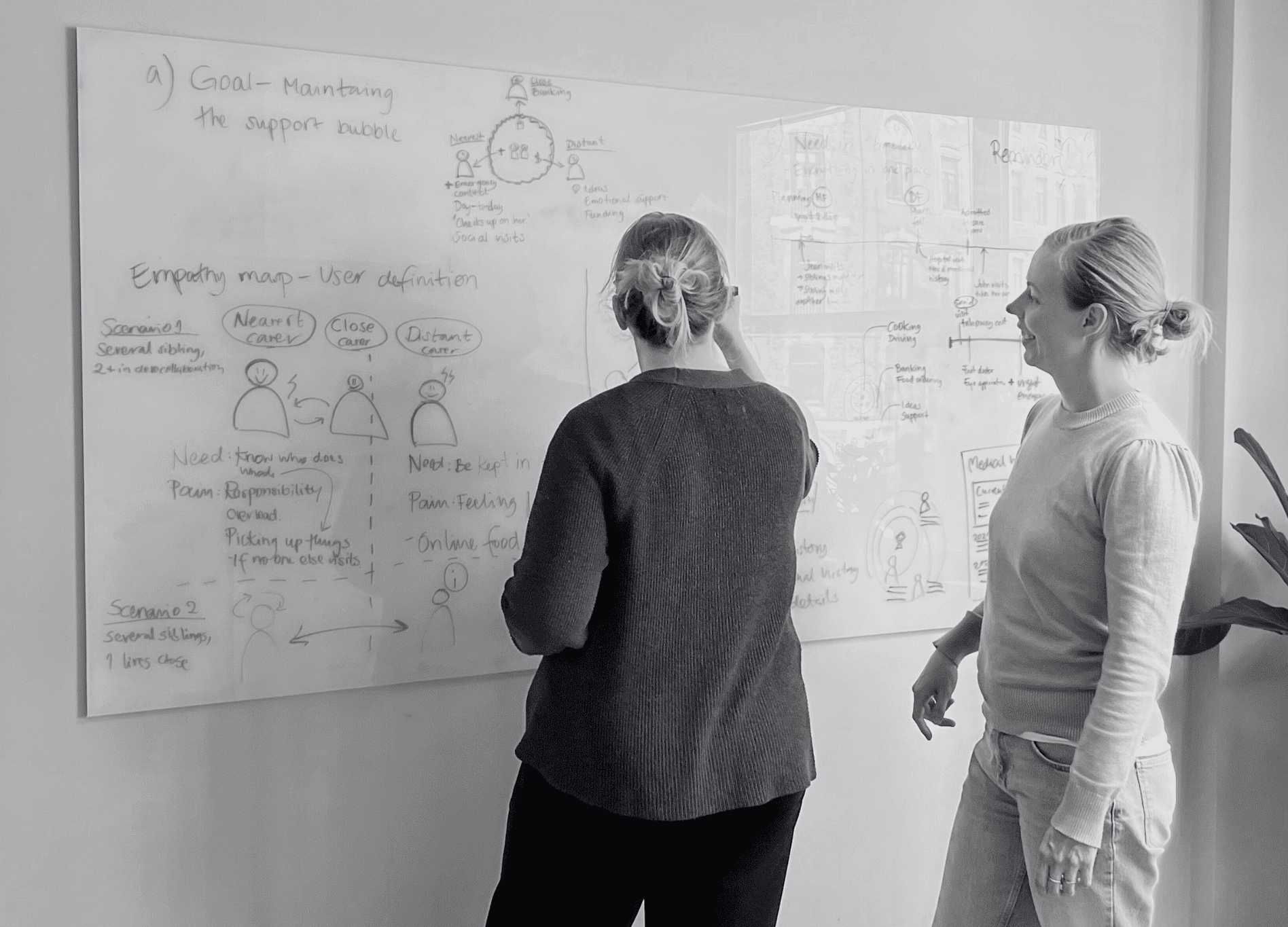Software Testing
![PH_wp_[EN]_Blog listing - banner](https://qestit.com/hubfs/Website/Web%20pages%20photos/PH_wp_%5BEN%5D_Blog%20listing%20-%20banner.jpeg)
![PH_wp_[EN]_Blog listing - banner](https://qestit.com/hubfs/Website/Web%20pages%20photos/PH_wp_%5BEN%5D_Blog%20listing%20-%20banner.jpeg)
![PH_wp_[EN]_Blog listing - banner](https://qestit.com/hubfs/Website/Web%20pages%20photos/PH_wp_%5BEN%5D_Blog%20listing%20-%20banner.jpeg)
![PH_wp_[EN]_Blog listing - banner](https://qestit.com/hubfs/Website/Web%20pages%20photos/PH_wp_%5BEN%5D_Blog%20listing%20-%20banner.jpeg)

UX design
Enhances user satisfaction and loyalty by creating intuitive, seamless digital experiences that resonate with their needs and preferences.
Leave your details here
UX – the foundation for user-friendly and competitive products
As user expectations rise, UX design becomes crucial in ensuring that products and services meet user needs and maintain a leading position. By balancing these expectations with business goals and adapting to technological changes, companies can create a consistent and accessible user experience. Investing in UX design early in the development process helps identify potential issues before they become costly to fix.

To address today's challenges, companies must embrace a user-centered design process that involves users early and often, is driven by data to guide design decisions, and prioritizes accessibility and inclusion. By continuously evaluating and improving the user experience with both quantitative and qualitative data, you can ensure that products and services not only meet but exceed user expectations.
Focusing on UX design, we delve deep into user scenarios, view projects from multiple perspectives, and consider users' diverse backgrounds, prior knowledge, and technical skills to create an accessible and successful user experience. Our work is based on proven methods and in-depth experience guiding development toward meaningful and effective products. We tailor our strategies to suit all types of organizations, maximizing value and efficiency in development projects.
user experience in multiple ways
Fostering user satisfaction
Our UX designers analyze and enhance every aspect of the user experience to ensure your product is both intuitive and engaging. With customized design methods, we can help you build stronger relationships with your customers and increase their satisfaction.
Leave your details here
Common questions about ux design
UX Design refers to the process of creating products that provide meaningful and relevant experiences to users. This involves the design of the entire process of acquiring and integrating the product, including aspects of branding, design, usability, and function. For product companies, UX Design is crucial because it directly impacts customer satisfaction, engagement, and loyalty. A well-designed UX can lead to improved user satisfaction and increased usability, which are key drivers of success in today's competitive market.
UX Design integrates with product development through a user-centered design process, where feedback from end-users is continuously sought and incorporated into the design from the earliest stages. This process involves several phases, including research, design, prototyping, testing, and iteration. By integrating UX design early and throughout the product development lifecycle, companies can ensure that the final product meets user needs and expectations, thereby reducing the need for costly changes and enhancing the product's market success.
The essential prerequisites are strong leadership support for UX and investment in resources such as skilled designers and research tools. A collaborative and user-centered culture across teams, commitment to iterative design and agile methods are also needed. These terms ensure that UX design is effectively integrated into product development, aligns with business goals, and meets user needs effectively.
The success of UX Design can be measured through a combination of quantitative and qualitative methods, including:
-
User Satisfaction Surveys: Gathering feedback from users about their experience with the product.
-
Usability Testing: Observing users as they interact with the product to identify areas of confusion or difficulty.
-
Analytics: Analyzing data on how users interact with the product, such as page views, click-through rates, and conversion rates.
-
Benchmarking: Comparing the usability of the product against industry standards or competitors.
Common mistakes in UX Design include not conducting enough user research, ignoring feedback, designing for the wrong target audience, and focusing too much on aesthetics at the expense of usability. These mistakes can be avoided by:
-
Prioritizing user research and feedback at all stages of the design and development process.
-
Clearly defining the target audience and their needs.
-
Balancing visual design with functionality and usability.
-
Continuously testing and iterating based on user feedback and usability testing results.





